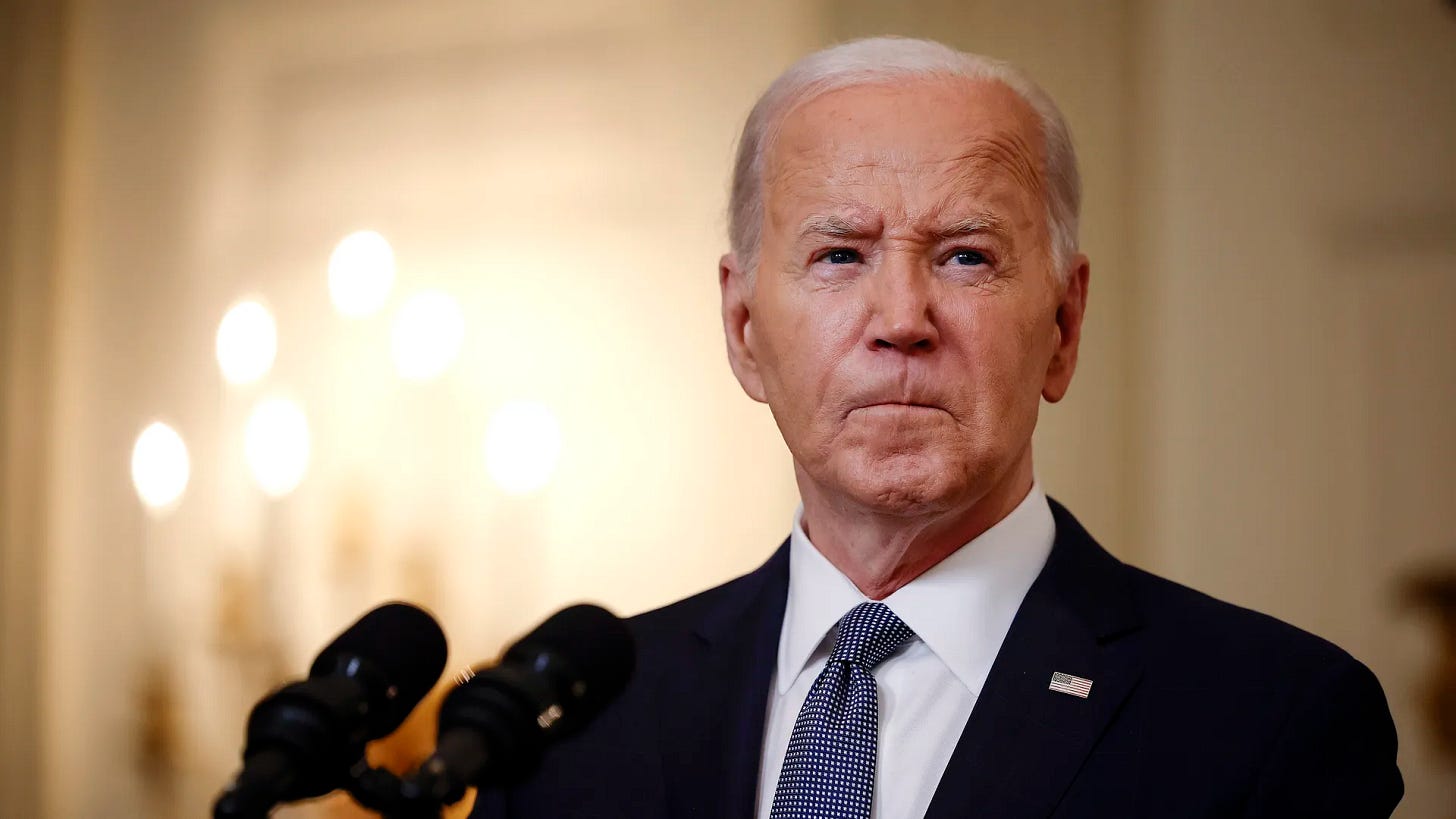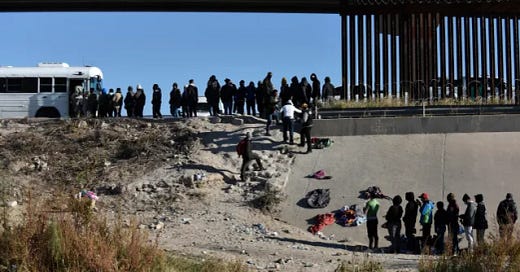Biden's Executive Order on Illegal Immigration: Contents and its Implications
Navigating Political Turmoil: Biden's Immigration Executive Order.

Executive Action Amidst Political Scrutiny
President Joe Biden's Executive Order, issued on June 4th, 2024, addressing the surge in illegal immigration at the US-Mexico border, arrives amidst heightened political debate and dissonance. Widely interpreted as a response to mounting criticism, particularly from former President Donald Trump and his supporters, Biden's directive aims to recalibrate the optics, if not the essence, of US immigration policy. With the presidential election looming on November 5th, the immigration discourse has assumed paramount importance, attracting attention from influential figures like billionaire Elon Musk, who have highlighted the apparent irony of a system seemingly prioritizing undocumented migrants over highly skilled workers facing visa uncertainties.
Restructuring Border Policies: Biden's Directive in Focus
President Biden's Executive Order, imposes new numerical limitations on the influx of migrants at the US southern border once a predetermined daily threshold is exceeded. Effective immediately, the order empowers border officials to deny entry to individuals crossing illegally without processing their asylum claims, utilizing legislation previously explored by former President Donald Trump in 2018. Under the new policy, asylum requests will cease once the seven-day average of illegal crossings surpasses 2,500 per day, a figure notably lower than April's daily average of 4,296. Restrictions will only be lifted when daily crossings consistently dip below 1,500 for seven consecutive days. Exceptions are outlined for migrants with prior authorization, unaccompanied minors, trafficking victims, individuals facing medical emergencies, and those encountering extreme threats to their safety. Notably, individuals crossing illegally will face a five-year ban from entering the US.
The Challenge of Optics vs. Reality
At the heart of the debate lies the perceived discrepancy between the administration's purportedly open-door policy towards undocumented migrants and the plight of legal immigrants navigating bureaucratic hurdles. While the Executive Order aims to curb illegal crossings and restore a semblance of order at the border, its efficacy remains a subject of contention. Critics argue that the measure, though well-intentioned, may fall short of addressing the systemic issues plaguing the US immigration system, echoing sentiments of déjà vu from the Trump era.
Legal and Logistical Hurdles Ahead
The American Civil Liberties Union (ACLU) has announced its intention to sue the White House over President Biden's latest Executive Order, which seeks to restrict access to asylum during surges in border numbers. This preemptive legal action underscores the significant opposition the administration faces, with ACLU representatives emphasizing the illegality of such asylum bans, drawing parallels to similar challenges during the Trump era.
While the Biden administration argues that humanitarian exemptions and specific conditions differentiate this order from past executive actions, concerns persist regarding its legal standing and potential ramifications. As the prospect of legal battles looms, the true efficacy and implications of the executive order remain uncertain, highlighting the complexities of immigration policy in the United States.
Charting a Path Forward
Amidst the uncertainty, there exists a glimmer of cautious optimism. While the Executive Order may represent a symbolic gesture in the eyes of some, it also serves as a catalyst for broader conversations around immigration reform. As the United States grapples with the complexities of border security and humanitarian concerns, the imperative of bipartisan cooperation becomes increasingly clear. Only through concerted legislative action can the US hope to address the underlying structural deficiencies of its immigration system and chart a path towards a more equitable and sustainable future.
In Summation
As the dust settles on President Biden's Executive Order, the road ahead remains fraught with challenges and uncertainties. While the optics of immigration policy may continue to be scrutinized, the true test lies in the nation's ability to transcend political divisions and forge consensus on meaningful reform. In the pursuit of a more just and humane immigration system, the onus falls not only on policymakers but also on the collective will of the American people to uphold the values of compassion, fairness, and opportunity for all.





